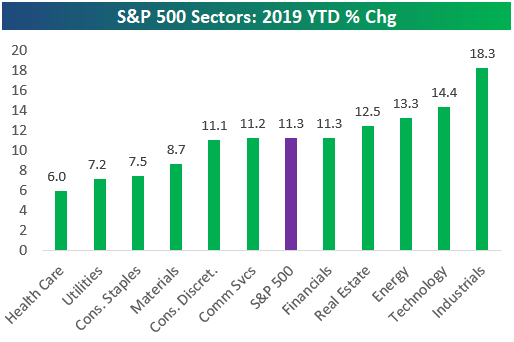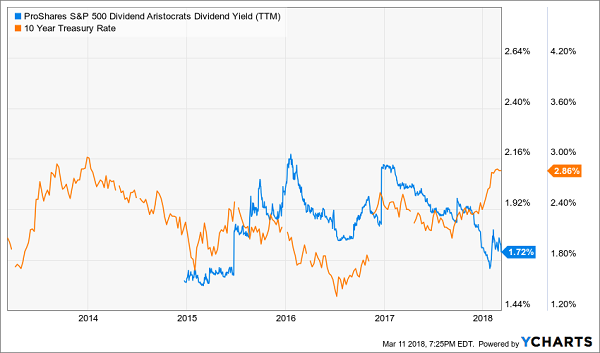Hands up if you’ve been caught out by a snap dividend cut. Then you know the sickening feeling as investors dump the stock, tanking its price on the way out.
The result? A shriveled income stream and a crushed share price.
It’s a story I fear we’re going to hear a lot in 2023, with rising rates hitting stocks now, and a recession on the horizon. Folks who win will be those who know when to swing into—and out of—strong payers while shunning feeble dividends set to crumble.
To help you protect yourself, I’ve combed the market for dividends that could be on the chopping block.… Read more



Recent Comments